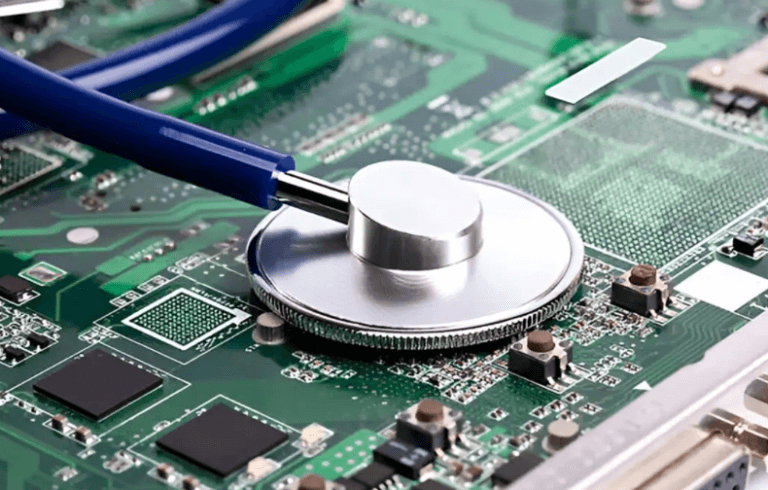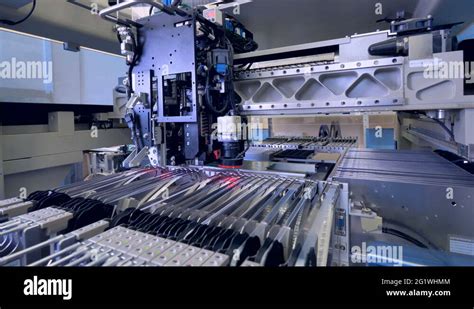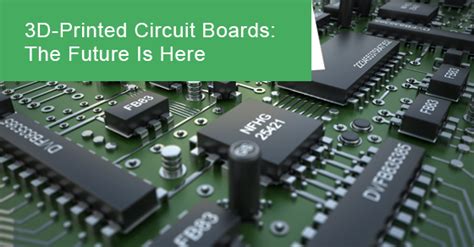Mastering Bare Board Fabrication: Techniques for Success
Key Takeaways
Mastering bare board fabrication is crucial for anyone involved in PCB manufacturing. By understanding the intricacies of this process, you can significantly reduce the pcb manufacturing cost and ultimately improve your bottom line. The key materials you choose for your projects can have a profound impact on quality; hence, familiarizing yourself with suppliers and their offerings is essential for enhancing your relationships with pcb manufacturing companies.
While various innovative techniques exist within the realm of bare board fabrication, integrating these methods into your routine can streamline operations and enhance both quality and efficiency. You should continuously seek best practices for quality assurance to ensure that your pcb manufacturing business stands out in a competitive market. Regularly implementing rigorous testing standards will help you maximize reliability and address potential issues before they escalate, safeguarding both production timelines and customer satisfaction. Whether you are troubleshooting common complications or exploring new methodologies, focusing on these aspects will position you for success in the field of PCB projects.
Mastering the Basics of Bare Board Fabrication
When you embark on the journey of bare board fabrication, a solid understanding of the fundamental principles is essential to achieving success in your PCB manufacturing projects. First, familiarize yourself with the different techniques involved in fabricating a bare board, as they will directly impact the overall quality and reliability of your final product. Start by selecting high-quality materials from reputable pcb manufacturing companies that can provide you with the necessary substrate and conductive materials.
Consider the overall pcb manufacturing cost as you plan your project. While it may be tempting to choose lower-cost options, investing in superior materials can lead to enhanced performance and durability in your finished boards. Also, pay attention to precision and cleanliness during every stage of production; any deviation could compromise the integrity of your boards.
“Quality is not an act; it is a habit.” This quote holds true in pcb manufacturing business, where establishing rigorous standards will ensure consistency across all your projects. By mastering these foundational aspects of bare board fabrication, you position yourself for success as you integrate more innovative techniques into your PCB workflow.
For more details on high-quality fabrication services, consider visiting Andwin PCB.
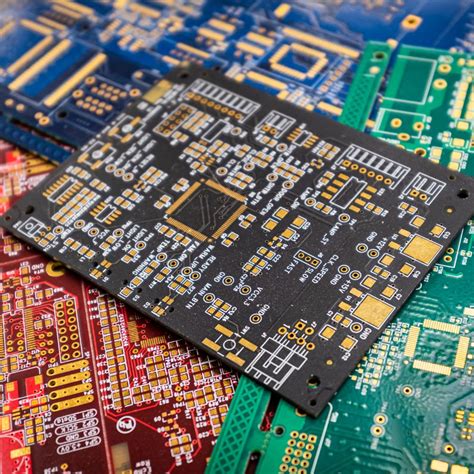
Key Materials for Successful Bare Board Manufacturing
In the realm of bare board fabrication, selecting the right materials is crucial for ensuring the quality and reliability of your printed circuit boards (PCBs). When engaging with pcb manufacturing, understand that decisions made at this stage affect not only functionality but also the overall pcb manufacturing cost. High-quality substrates like FR-4, which is a popular material due to its excellent electrical insulating properties, are essential. Furthermore, other materials such as polyimide can be considered for applications that require flexibility or higher temperature resistance.
You should also pay attention to the copper weight used in pcb manufacturing companies to meet specific design and performance needs. The weight of copper impacts conductivity and thermal management, factors crucial for the reliability of electronic devices. Additionally, solder mask and silkscreen materials should not be overlooked, as they play a significant role in protecting and labeling your PCBs.
Here’s a brief overview of essential materials used in bare board fabrication:
| Material Type | Purpose | Applications |
|---|---|---|
| FR-4 | Standard substrate for most PCBs | General electronics |
| Polyimide | High-temperature applications and flexibility | Aerospace, automotive |
| Copper foil | Conductive paths | All types of PCBs |
| Solder mask | Insulation between conductive paths | Prevents solder bridging |
| Silkscreen | Identification marks | Component labeling |
In addition to understanding these fundamental materials, you must keep in mind how they affect your overall pcb manufacturing business strategy. By making informed choices regarding material selection early in the design process, you can significantly enhance efficiency while minimizing defects—a vital step towards cultivating a successful fabrication process.

Innovative Techniques in Bare Board Fabrication
When delving into the world of bare board fabrication, it’s crucial to explore innovative techniques that can significantly impact the quality and efficiency of your PCB projects. One way to enhance your process is by adopting advanced pcb manufacturing technologies that incorporate automation and precision machinery. These innovations not only streamline production but also reduce the pcb manufacturing cost, allowing your business to remain competitive. Additionally, collaborating with leading pcb manufacturing companies can provide access to state-of-the-art equipment and materials, helping you stay at the forefront of industry trends. It’s important to remember that utilizing high-quality materials in your fabrication processes directly influences the overall performance and reliability of your products. Ensuring that these components meet rigorous standards will maximize your success in the pcb manufacturing business. Implementing these techniques enables you to enhance not just production speed but also the durability and functionality of your boards, ultimately leading to a more reliable end product for your customers.
Best Practices for Quality Assurance in PCB Projects
Ensuring quality assurance in your PCB projects is vital for the success of your pcb manufacturing business. To maintain consistent performance and reliability, you should implement a robust set of best practices. Start by establishing clear quality metrics tailored to your specific production needs. This involves not only selecting the right pcb manufacturing companies but also understanding the pcb manufacturing cost associated with various quality assurance protocols. Continuously monitor and inspect your bare board fabrication processes, focusing on critical areas such as material selection and process control. Employing advanced techniques such as automated optical inspection (AOI) can significantly enhance your ability to detect defects early in the production cycle. Furthermore, fostering a culture of quality within your team—from design engineers to production staff—ensures that everyone is aligned with quality objectives, ultimately leading to improved outcomes in your PCB projects. By being proactive about quality assurance, you set a foundation for both enhanced efficiency and reduced costs, critical elements for thriving in the competitive landscape of pcb manufacturing.
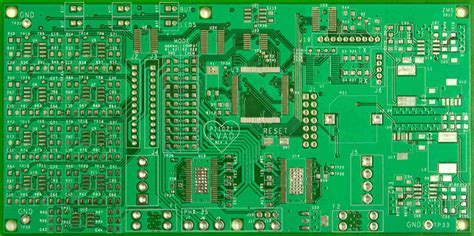
Enhancing Efficiency in Bare Board Production Processes
Efficiency in bare board production processes is critical to optimizing your PCB manufacturing operations. To achieve this, you need to focus on streamlining each stage of production, from material selection to final testing. One effective strategy is to employ advanced automation technologies, which can significantly reduce manual errors and speed up production times. Additionally, by partnering with reputable pcb manufacturing companies, you can not only lower your pcb manufacturing cost but also gain access to cutting-edge technologies and expert insights that can enhance your processes.
Moreover, implementing real-time monitoring systems enables you to track production metrics closely, allowing for timely adjustments that further enhance productivity. Continuous training of your workforce on the latest techniques in bare board fabrication also plays a vital role in maintaining high efficiency levels. Adopting a culture of continuous improvement will encourage your team to seek out innovative solutions that cater to the evolving demands of the pcb manufacturing business. By focusing on these areas, you can significantly enhance the efficiency and output quality of your bare board production processes.

Troubleshooting Common Issues in Bare Board Fabrication
When engaging in bare board fabrication, you may encounter a variety of challenges that can affect the quality and success of your PCB manufacturing projects. Common issues include misalignment during the layering process, inadequate etching, and surface defects. To effectively troubleshoot these problems, it’s essential to first identify the root cause. For instance, if you notice misalignment, consider revisiting your handling and placement techniques; ensuring accurate registration can significantly reduce this issue. Inadequate etching may arise from improper exposure times or developer concentrations; therefore, maintaining precise control over chemical processes is crucial. Furthermore, surface defects can often be remedied by implementing rigorous quality checks at each stage of your fabrication workflow. Collaborating with reputable PCB manufacturing companies can provide additional insights and support to refine your processes. Understanding the PCB manufacturing cost implications of these issues can help guide your decision-making as you strive for excellence in your PCB manufacturing business. Focusing on these troubleshooting techniques not only enhances the efficiency of your production but also builds a solid foundation for future projects.
Maximizing Reliability through Rigorous Testing Standards
In the pcb manufacturing process, ensuring the reliability of your products is paramount. To achieve this, you should implement rigorous testing standards that evaluate every aspect of your bare board fabrication. This includes mechanical testing, electrical functionality assessments, and visually inspecting the PCB for any manufactural defects. By working closely with reputable pcb manufacturing companies, you can gain access to advanced testing methods and technologies that detect issues early in the production cycle, ultimately saving you on future pcb manufacturing costs.
When establishing your testing protocols, consider both in-process inspections and final product evaluations. This dual approach will not only help in identifying potential failures but will also allow you to enhance the overall performance of your pcb manufacturing business. It is critical to train your team on these standards so that everyone involved understands the importance of maintaining quality throughout the fabrication stages. Adopting such thorough standards not only boosts customer confidence but reinforces your brand’s reputation in a competitive market.
Incorporating these practices fosters an environment where quality is prioritized over speed—an essential balance in producing reliable PCBs that meet industry requirements. Your commitment to stringent testing will significantly contribute to the longevity and dependability of your completed projects, paving the way for future success in an ever-evolving industry.
Conclusion
In the realm of bare board fabrication, mastering essential techniques is crucial for anyone involved in the PCB manufacturing sector. Understanding the relationship between quality, efficiency, and costs can significantly influence your project outcomes and can also enhance your competitiveness in a market dominated by numerous PCB manufacturing companies. When evaluating PCB manufacturing costs, it is vital to consider not just the materials but also the techniques you employ to ensure optimal results. By focusing on innovative methods and implementing best practices, you can elevate your PCB manufacturing business to new heights of reliability and performance. Remember, enhancing your knowledge in these areas will not only benefit your current projects but also pave the way for future successes in the industry.
FAQs
What is the process of bare board fabrication?
The process of bare board fabrication involves several key steps, including design creation, material selection, etching of circuit patterns, drilling holes for vias, and applying surface finishes. Understanding each step is essential for efficient PCB manufacturing.
How can I choose the right materials for PCB production?
Selecting the right materials is critical in PCB manufacturing. You should consider factors such as thermal conductivity, dielectric properties, and mechanical strength that suit your specific application. Various PCB manufacturing companies offer diverse material options tailored to different needs.
What determines the cost of bare board manufacturing?
The PCB manufacturing cost is influenced by factors such as material type, layer count, complexity of design, and quantity ordered. Understanding these factors can help you budget effectively for your PCB manufacturing business.
How can innovative techniques improve PCB fabrication quality?
Innovative techniques like advanced machining and selective plating have been shown to enhance quality and reliability in bare board fabrication, ultimately leading to better performance in your circuits.
What are common troubleshooting methods in PCB fabrication?
Common troubleshooting methods include thorough inspection at each stage of production and implementing strict quality control processes. Identifying issues early on in the PCB manufacturing process can save time and reduce costs significantly.


